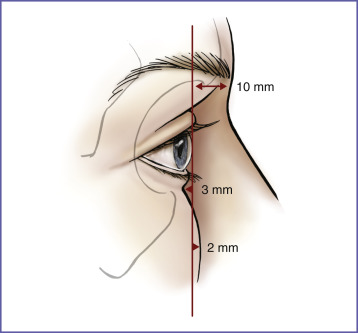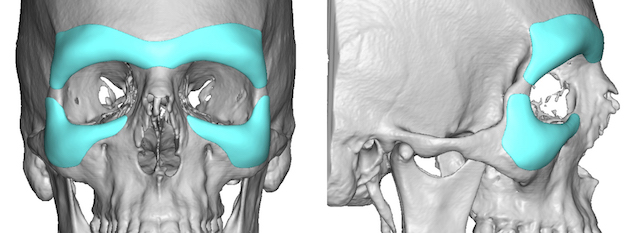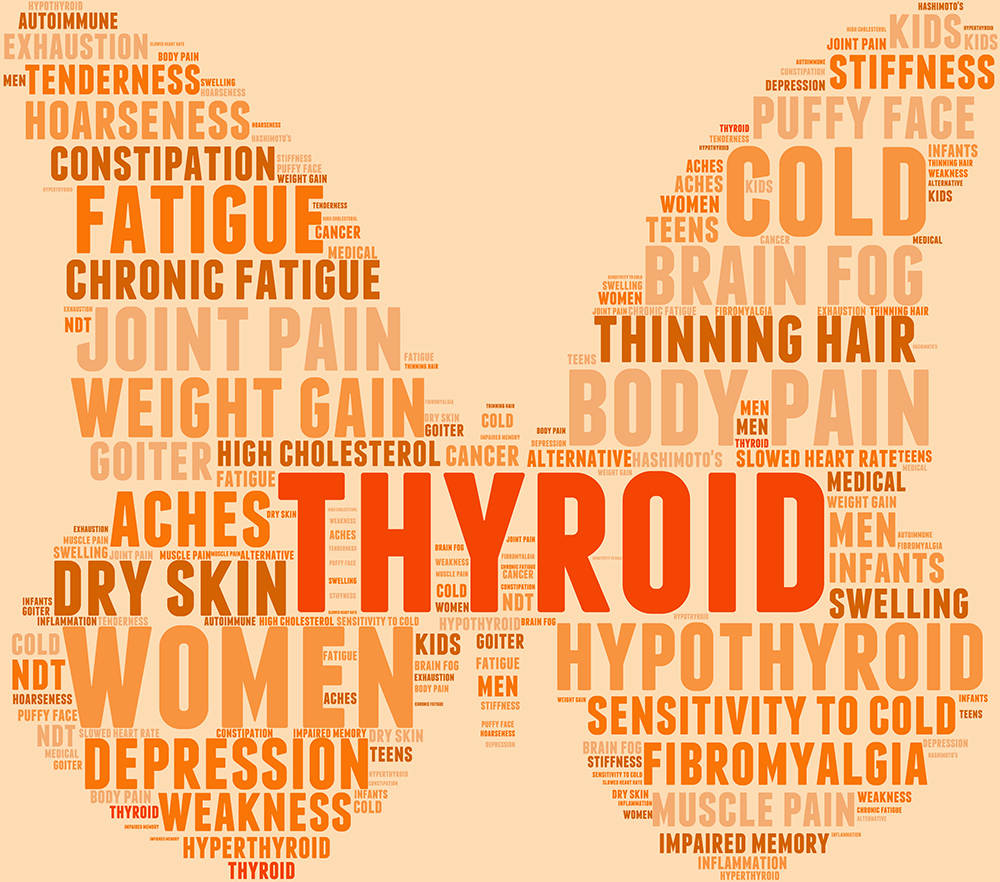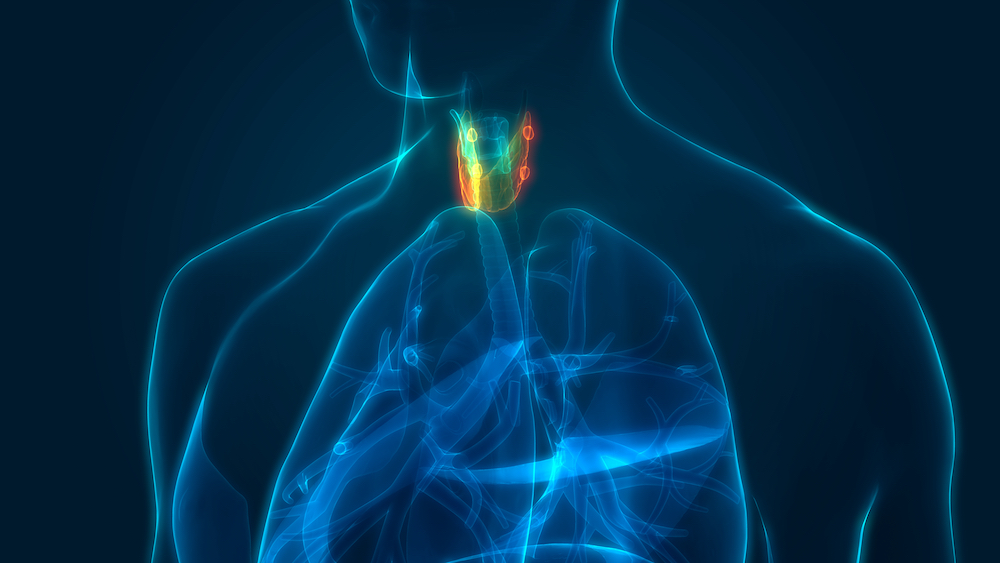homo_faber
i thought this was a looksmaxing forum
- Joined
- Oct 25, 2020
- Posts
- 3,944
- Reputation
- 6,022
regarding pfl
if we look at research of ideal pfl we see that europeans tend to have an shortly lower pfl then african and arab people simply because their eyes are more deeper set, so naturally the pfl will decrease the slightly
if you look at the example of the op the pfl also decreased but obviously this didnt made the after result not bad looking in comparison to the before.
and people with deep set like chris hensworth dont have a huge pfl yet their eyes are attractive
if we look at research of ideal pfl we see that europeans tend to have an shortly lower pfl then african and arab people simply because their eyes are more deeper set, so naturally the pfl will decrease the slightly
if you look at the example of the op the pfl also decreased but obviously this didnt made the after result not bad looking in comparison to the before.
and people with deep set like chris hensworth dont have a huge pfl yet their eyes are attractive









